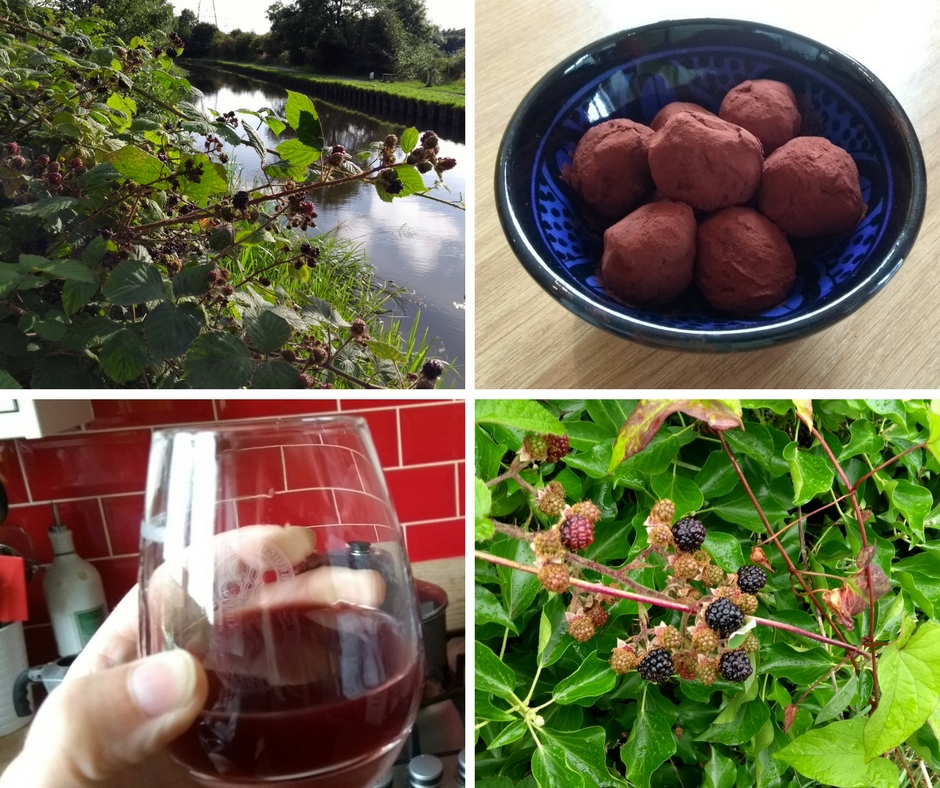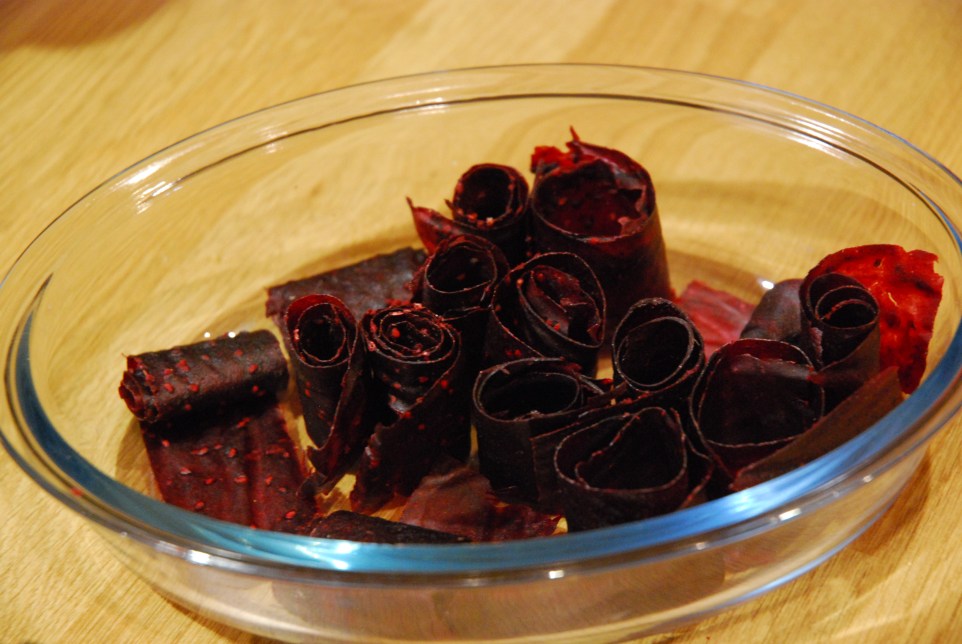
1) Cool, crisp mornings
Many people associate autumn with the start of wet winter weather. But you also get some beautiful days when the air is clear and crisp and the dew hangs on every blade of grass. It’s still light enough in the mornings to enjoy a run before work so get out and make the most these magical autumn days before winter descends.
2) Vibrant autumn colours
Spring flowers have their place but for me, the vibrant fiery hues of autumn can’t be beaten. Whether it’s the golden yellow and russet browns of deciduous woodland or the rich orange shades of bracken-covered fells, the English countryside is at its most beautiful at this time of year.
3) An extra hour in bed
By the end of October, it can be pretty hard to get up in the dark mornings. Fortunately, just when you’re losing despair, the clocks go back and the mornings get lighter. This also means you can trick your body into thinking you’re getting an extra hour in bed in the morning – a feeling which lasts for all of a week before things revert to normal. Make the most of waking up early and fit your training in before work. That way, when you get home in the dark, you won’t have to feel guilty about curling up on the sofa in front of the TV.
4) The return of comfort food
Even if summer is a washout, you still feel as if you should be eating healthy salads and cold dishes. But now, the cold weather is officially here! Which means it’s perfectly acceptable to start eating tasty warm comfort food again. Bring on the soups, stews and sponge puddings.
As there’s still a good variety of vegetables in season, there’s no excuse to equate “comfort” with “unhealthy”. Pumpkins and squashes are bright and colourful and can be used in lots of different dishes. This week, we were the recipients of a large pumpkin fresh from my mother-in-law’s garden. So far, we’ve had pumpkin soup, pumpkin pie and pumpkin chilli, and we’re planning on roasting the rest of it for dinner this week. And don’t throw away those pumpkin seeds – they’re great toasted with a bit of salt as a snack or soup garnish.
5) Roaring fires
Since the dawn of time, humans have gathered around fires. There’s nothing quite so comforting as sitting around a crackling fire gazing into the hypnotic flames. Sipping a mug of hot chocolate around a wood burning stove is the perfect way to end a day spent hiking in the cold.
If you don’t have a stove of your own, it’s not long to wait until bonfire night when you can wrap up in a warm coat and winter gloves and suck a toffee apple while basking in the warmth of the bonfire.
6) Mud!
Okay, I admit this may not be everyone’s reason to love autumn. But if you’re one of those crazy people who loves nothing more than getting covered head to toe in mud while struggling around a 10 km course, autumn is the perfect season for mud races.
And if you’re tired of slipping around on your local footpaths, I was quite excited to discover that you can buy studded wellies!
7) It’s apple season
The apples seemed to ripen rather earlier than usual this year, but I still associate autumn with apple season. From mulled cider to Dorset apple cake and apple and blackberry crumble, there are so many apple recipes, you’ll never run out. If you’re swamped with fruit, wrap the best apples in newspaper and they should keep until Christmas. Freeze the rest, either in slices or as a purée, or if you have a dehydrator create some apple rings for hiking snacks.
8) Autumn leaves
And I the only one who loves walking through rustling piles of autumn leaves, kicking them up in front of me as I go? Thought not. And dry autumn leaves are perfect for adding to the compost bin or creating leaf art.
9) Hot drinks rule
As if I needed an excuse to drink hot chocolate … But here it is! I’m always at a bit of a loss as to what to drink in hot weather. (Water gets a bit boring after a while.) But when it’s cold there are so many choices! If you’re looking for a gift for a tea-drinker or want to treat yourself, I love Kusmi teas almost as much as the tins they come up. A warm glass of mulled cider or mulled wine is one of my favourite drinks for a cold autumn evening. And if you’re starting to sniffle, head off a winter cold with a hot mug of lemon ginger and honey (whiskey or brandy optional!).
10) The smells of autumn
Smells can evoke strong memories. The smell of smoke on an autumn day instantly transports me back to childhood holidays in the Lake District. It sums up what I love most about autumn weekends. A long walk or run in the hills followed by a hot cup of tea and a hearty meal in front of a roaring log fire. Is there any better way to spend a day?














